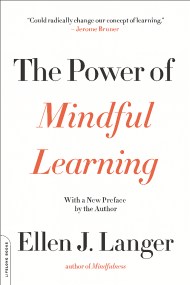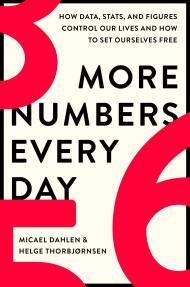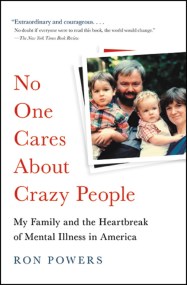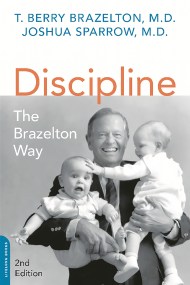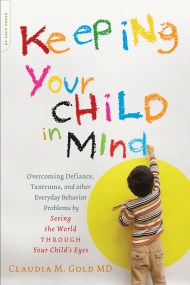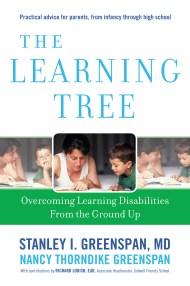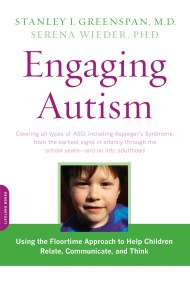Promotion
Use code MOM24 for 20% off site wide + free shipping over $45
Mindfulness (25th anniversary edition)
Contributors
Formats and Prices
Price
$10.99Price
$13.99 CADFormat
Format:
- ebook (Special Edition) $10.99 $13.99 CAD
- Trade Paperback (Special Edition) $18.99 $24.99 CAD
This item is a preorder. Your payment method will be charged immediately, and the product is expected to ship on or around October 14, 2014. This date is subject to change due to shipping delays beyond our control.
Also available from:
The highly innovative findings of social psychologist Dr. Ellen J. Langer and her team of researchers at Harvard introduced a unique concept of mindfulness, adapted to contemporary life in the West. Langer’s theory has been applied to a wide number of fields, including health, business, aging, social justice, and learning. There is now a new psychological assessment based on her work (called the Langer Mindfulness Scale). In her introduction to this 25th anniversary edition, Dr. Langer (now known as “the Mother of Mindfulness”) outlines some of these exciting applications and suggests those still to come.
Genre:
-
"A landmark work of social psychology."Booklist
-
"[Langer] has shown us the power of mindfulness."Psychology Today
-
"Mindfulness is the book which changed it all."Female First
-
"More relevant now than ever before."Blogging on Business
- On Sale
- Oct 14, 2014
- Page Count
- 272 pages
- Publisher
- Da Capo Lifelong Books
- ISBN-13
- 9780738218007
Newsletter Signup
By clicking ‘Sign Up,’ I acknowledge that I have read and agree to Hachette Book Group’s Privacy Policy and Terms of Use


